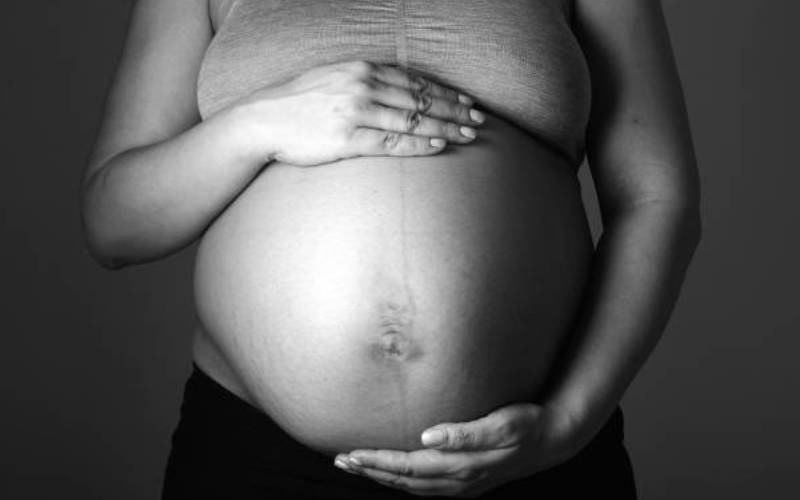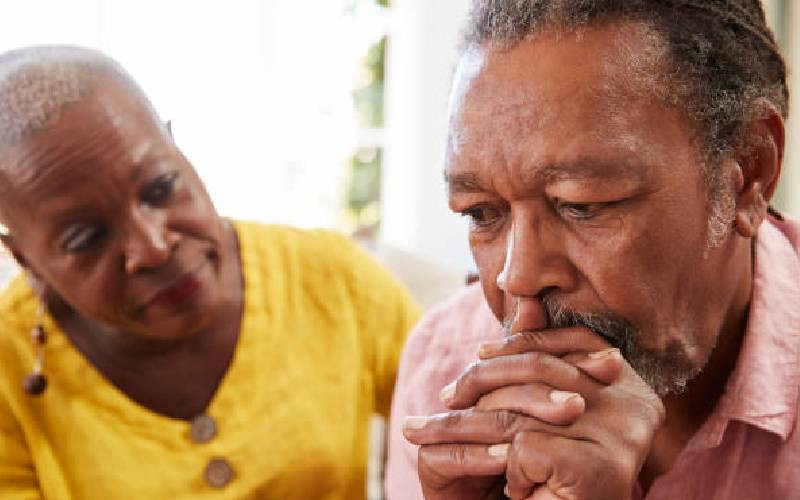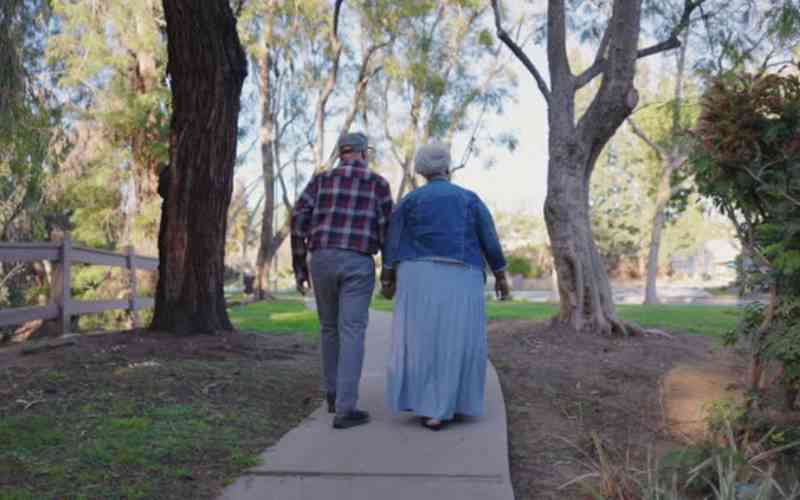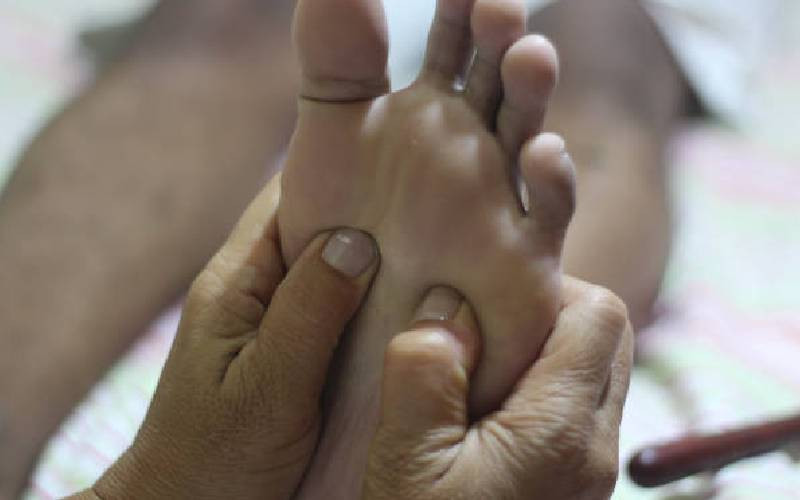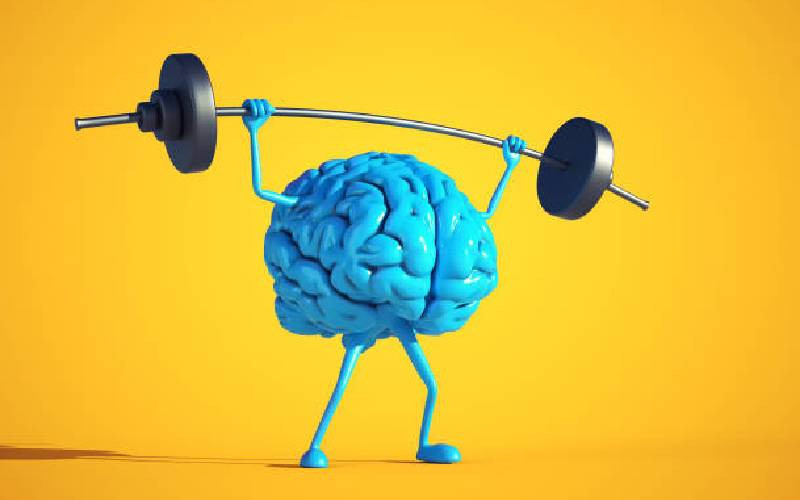
An estimated 684,000 fatal falls occur globally each year, making it the second leading cause of unintentional injury death, after road traffic injuries.
According to the report by the World Health Organisation (WHO), in all regions of the world, death rates by falling are highest among adults over the age of 60 years.
Closer home, research by Ernest Kimani and Simon Karanja, both of Jomo Kenyatta University of Agriculture and Technology (JKUAT), and Lawrence Muthami of Kenya Medical Research Institute (KEMRI) found that the Mt Kenya region alone has a 41 per cent prevalence of falls among the elderly. It emerged that many of these older people who fall are at a major risk for subsequent long-term care and institutionalisation.
According to Ernest and his team, despite increasing awareness about this condition in Kenya, the magnitude and lifestyle factors leading to falls in the elderly remain unknown. The team hypothesised that local farming lifestyles involving animal husbandry and medical illnesses are significantly associated with falls.
To reduce the occurrence of falls, they recommended the integration of relevant preventive measures that reduce the risk of falls in communities of older people in Kenya. These include staying physically active, having eye and ear tests, checking the side effects of medicines, getting enough sleep, reducing alcohol intake, and use of assistive devices for added stability.
An April 2022 research by the University of Oxford found that simple cognitive tests in midlife could predict the likelihood of falling in later life.
The report revealed that poor levels of word memory, processing speed, verbal fluency, and cognitive ability in our 50s are early indicators of poorer balance in later life, in turn increasing the risk of falls, injury, and death. The findings also showed that cognitive training in midlife could positively impact body balance as people age.
- Emotional powder kegs: When men choose to suffer in silence
- Gender PS urges teachers to break the silence on mental health
- A knock on the door saved my life: Woman narrates her fears after HIV diagnosis
- Is something bothering you? Tell it to an AI chatbot therapist
Keep Reading
Previous studies on balance ability have focused solely on physical aspects such as underlying musculoskeletal strength or flexibility.
"Current fall/balance risk interventions tend to focus on physical aspects, such as balance and strength training," said Dr Joanna Blodgett, lead author of the publication. "Our research highlights that there's a cognitive element involved in successful balance. It would be useful to investigate if interventions that enhance cognition could also improve balance."
"Fractures are a common cause of accidental death in older people," says Dr Brian Rono, an Orthopaedic at KNH. "The elderly have frail bones compared to the young, so a normal fall could lead to serious consequences."
Blodgett said the ability to balance depends on the cognitive processing of information from three directions; what we see, what our body senses relative to position and movement, and the stimuli picked up by our inner ear and communicated to the brain.
"Simple cognitive tests could identify those at risk of poor balance, offering opportunities for screening and early interventions," she said.
Blodget said that balance is not only confined to muscle strength in the legs or core but it's also about one's mental capacity. Some of the mental exercises an adult can do to stimulate the brain include reading, solving crosswords, jigsaw puzzles, chess, and other problem-solving and memory games can stimulate the brain.
"Physical exercises, calcium supplements, and a friendly environment such as installation of anti-slip floors go a long way, but I see why the research also points to cognitive function. The brain plays a big part in controlling reflexes and telling the body when and which part to engage to keep one up and at what pace," said Dr Rono.
 The Standard Group Plc is a multi-media organization with investments in media platforms spanning newspaper print
operations, television, radio broadcasting, digital and online services. The Standard Group is recognized as a
leading multi-media house in Kenya with a key influence in matters of national and international interest.
The Standard Group Plc is a multi-media organization with investments in media platforms spanning newspaper print
operations, television, radio broadcasting, digital and online services. The Standard Group is recognized as a
leading multi-media house in Kenya with a key influence in matters of national and international interest.





